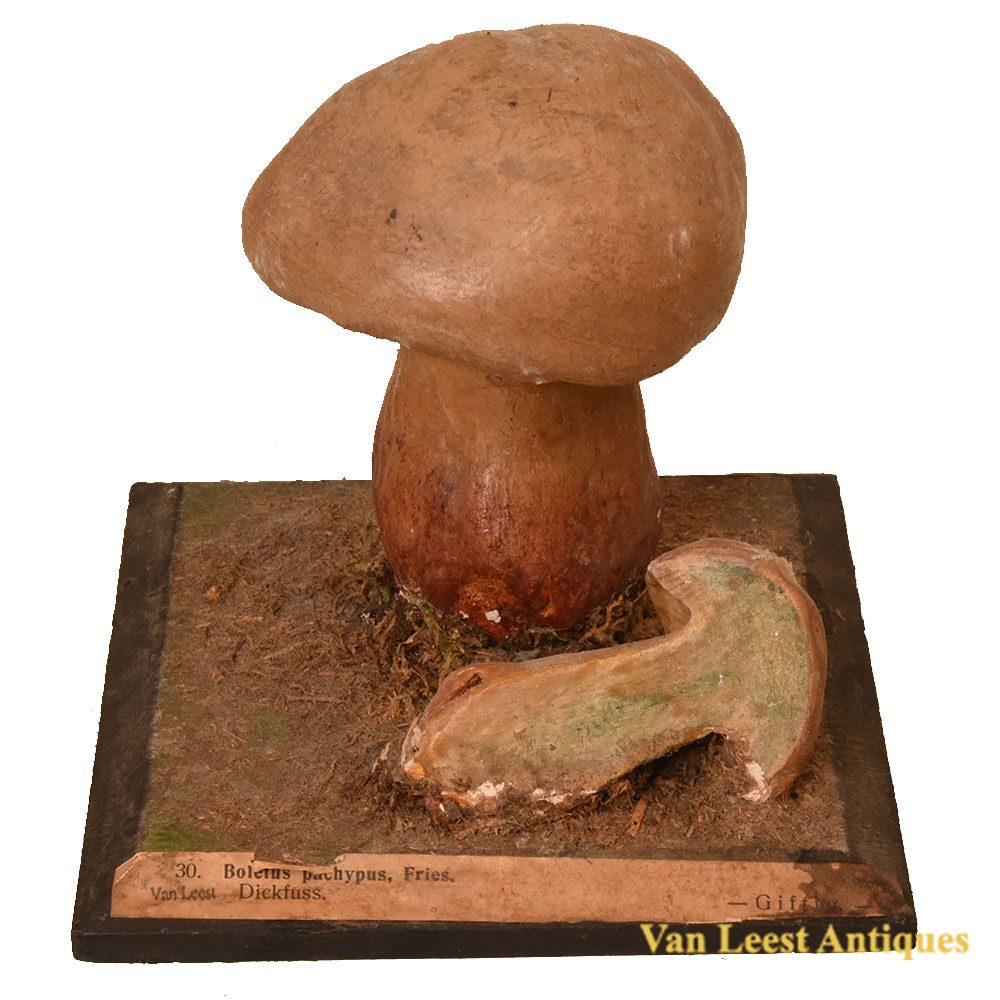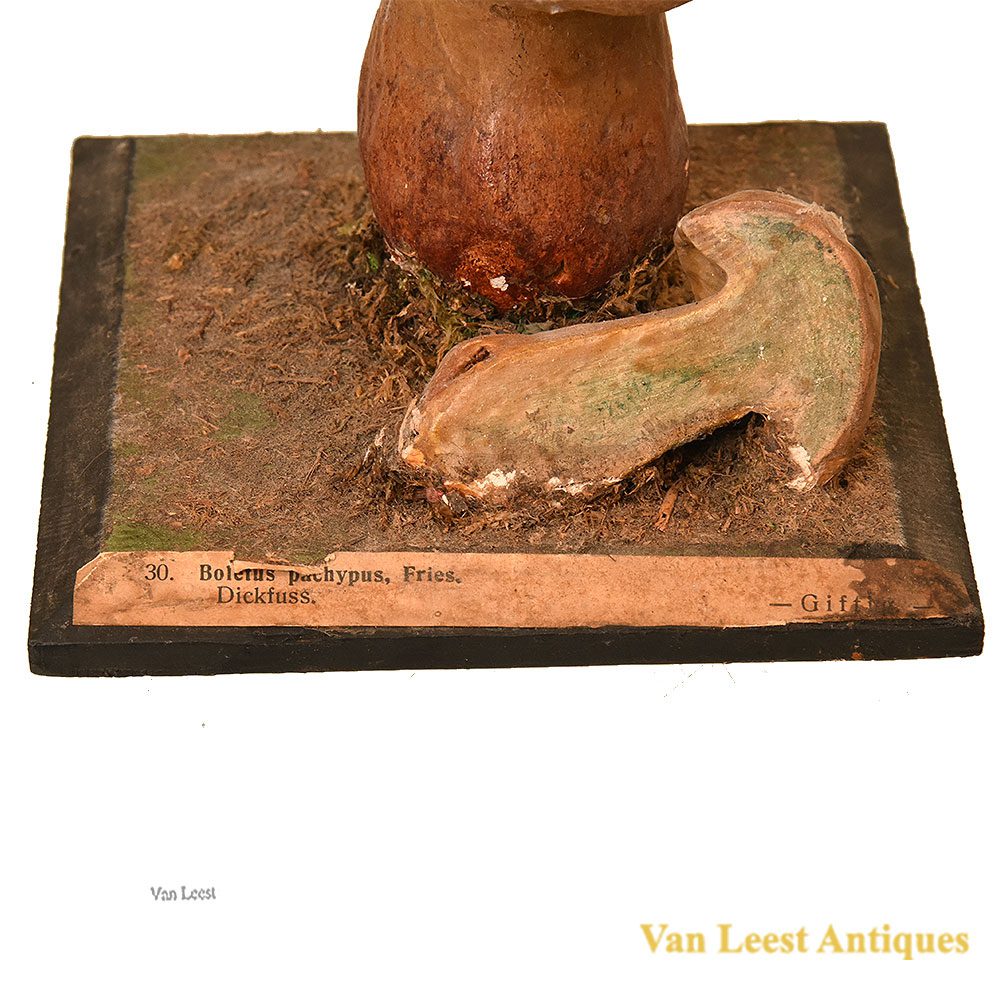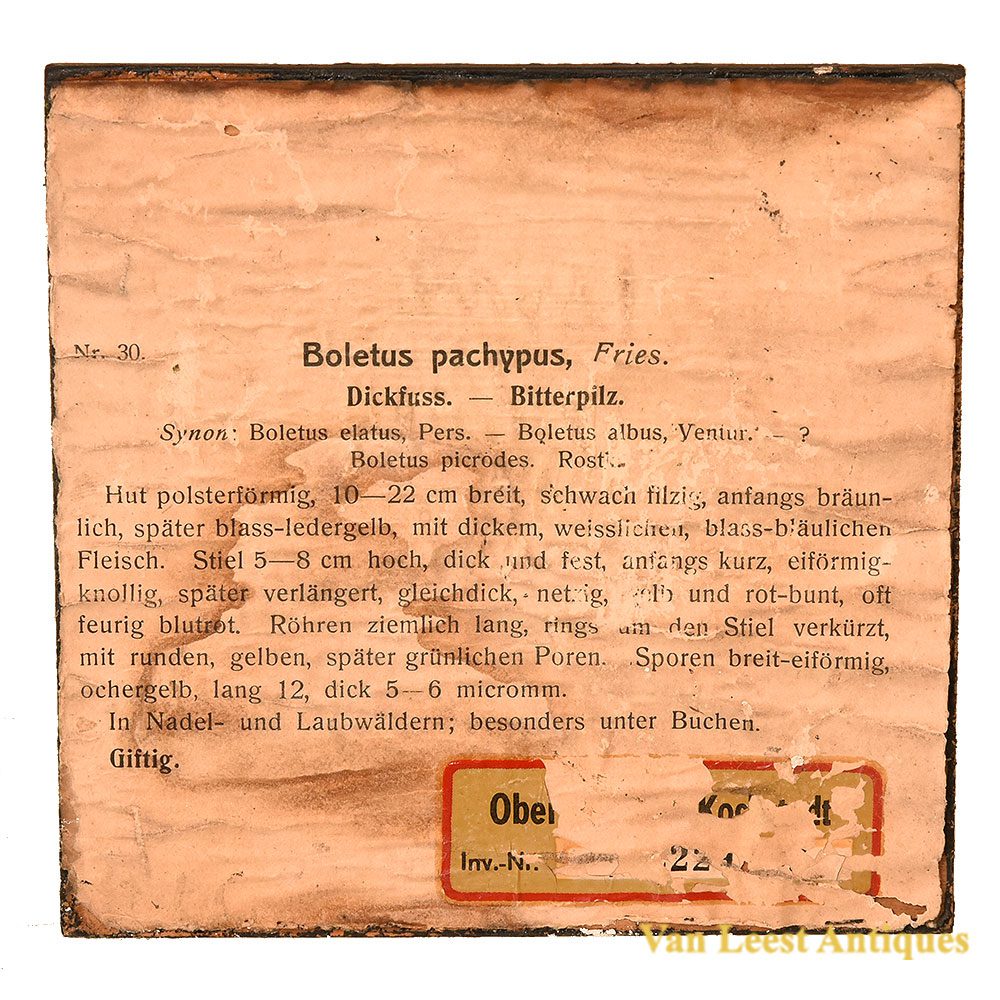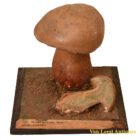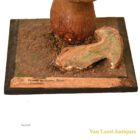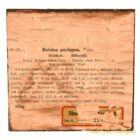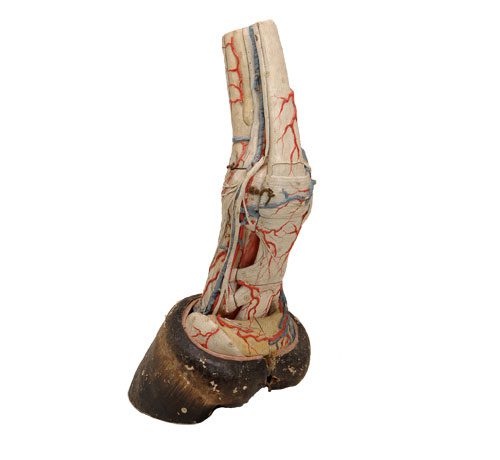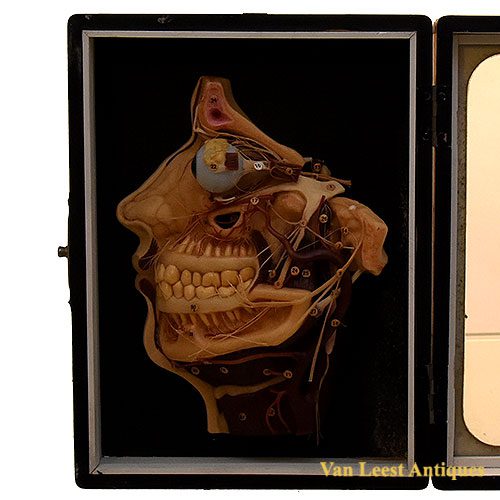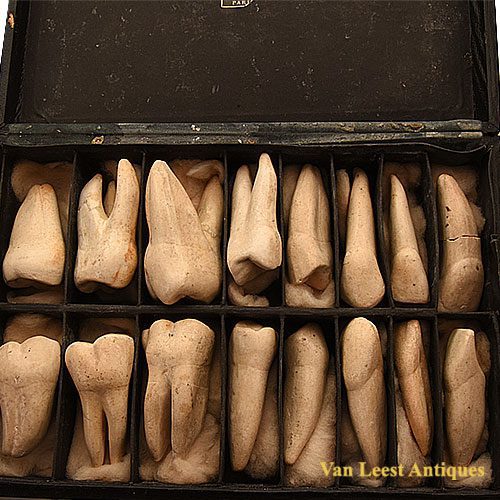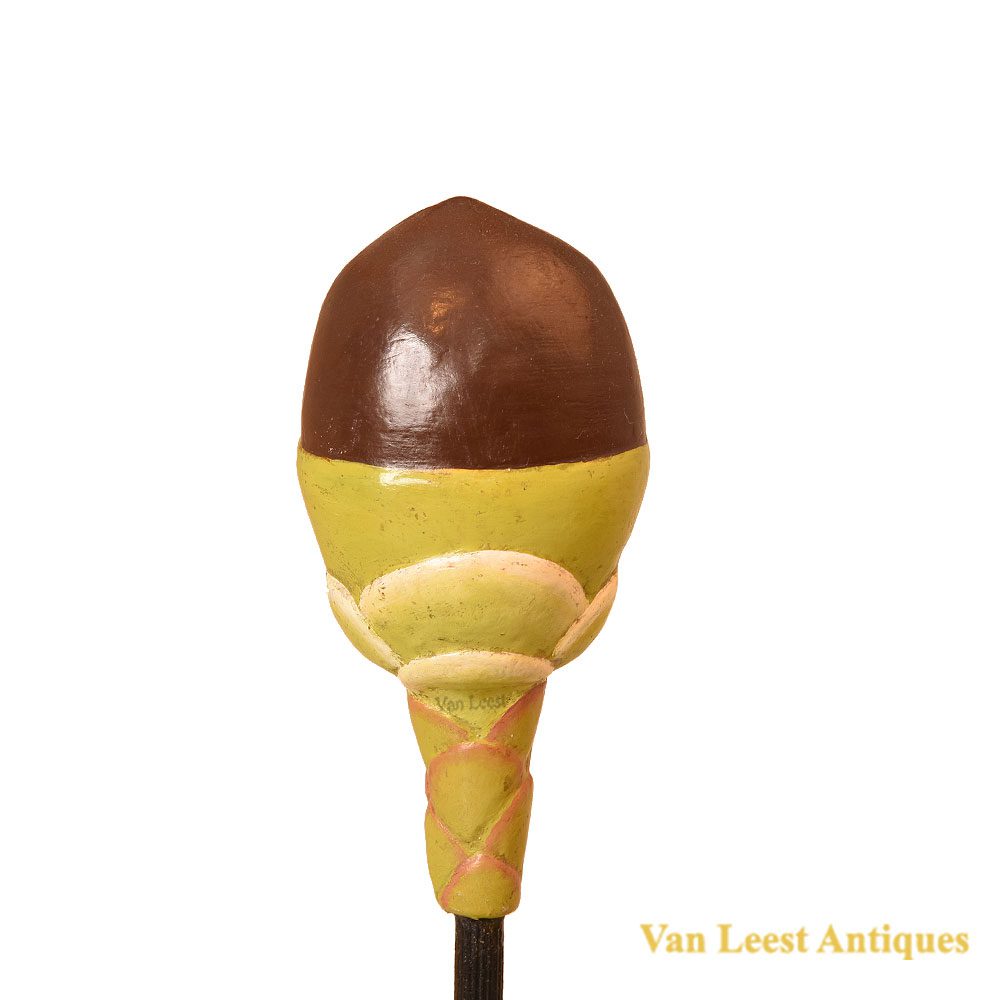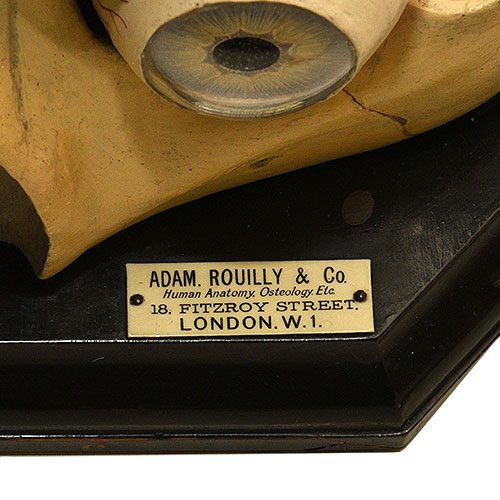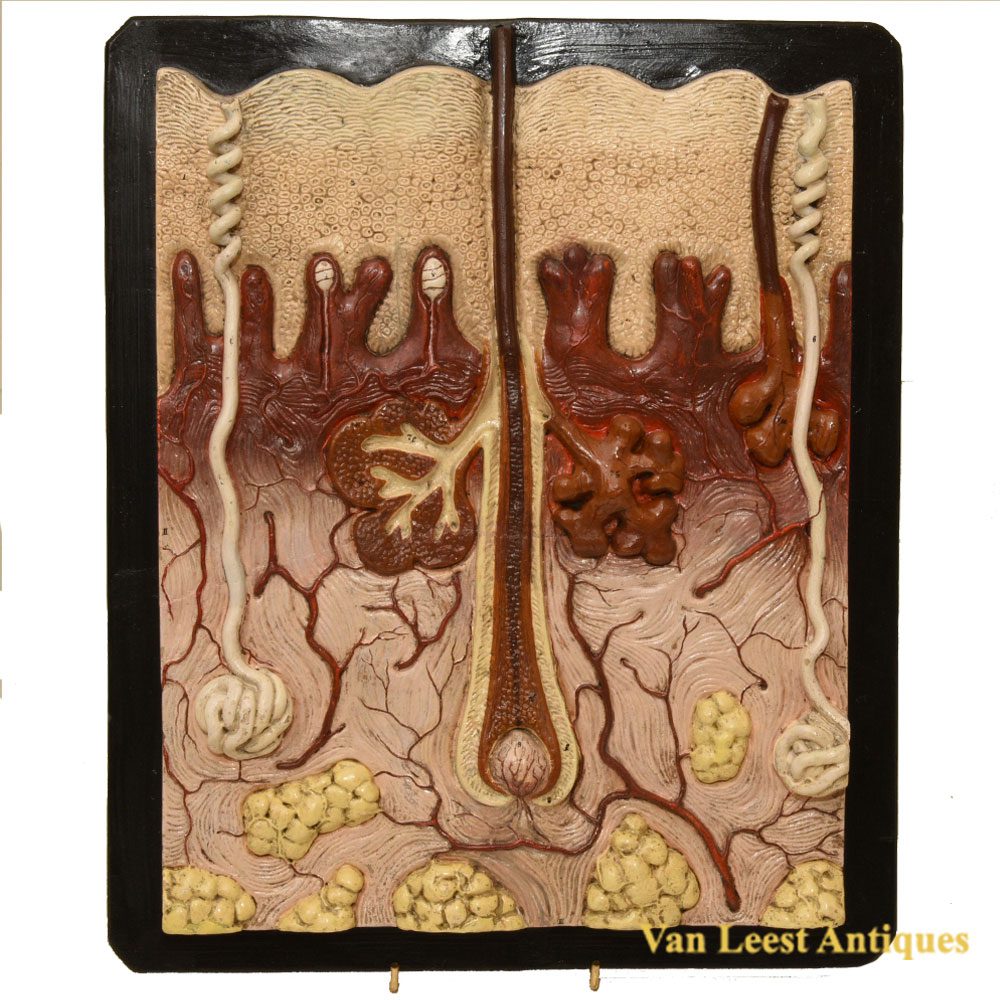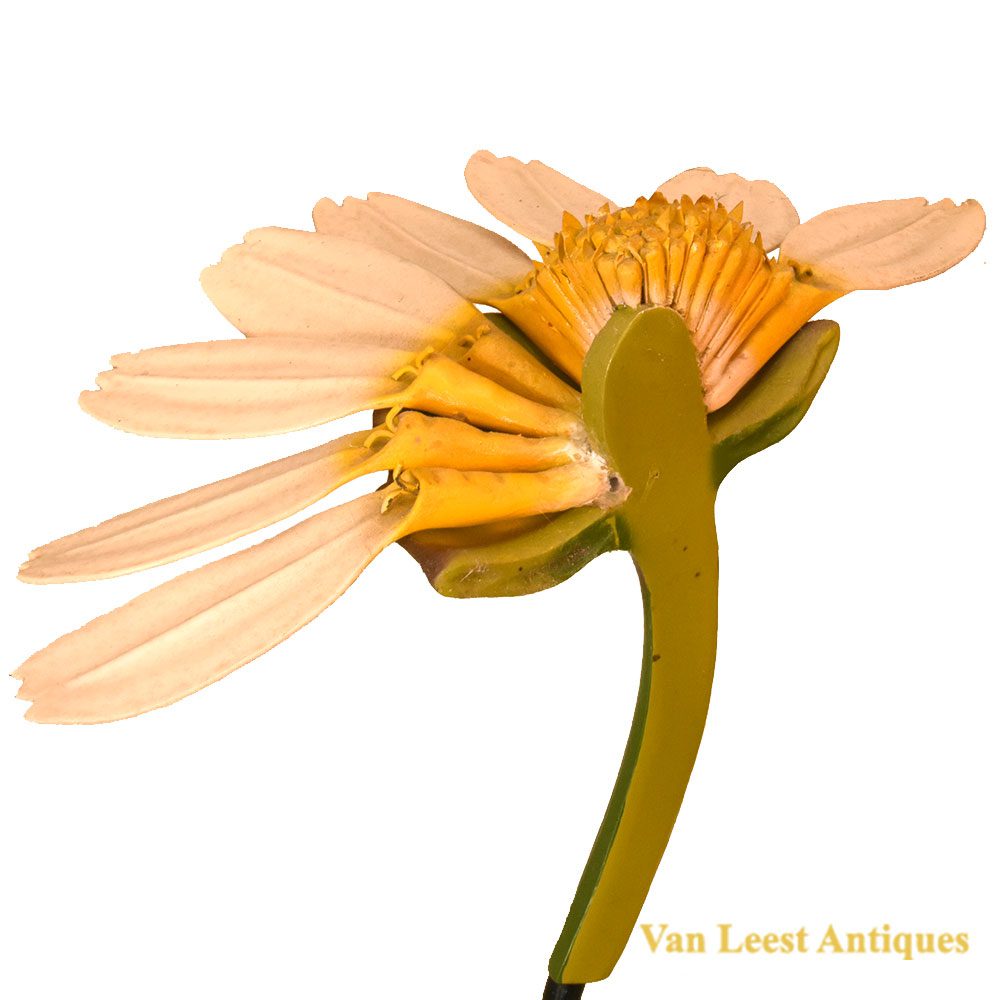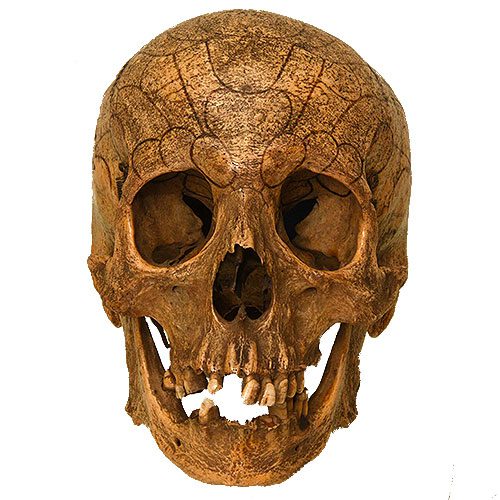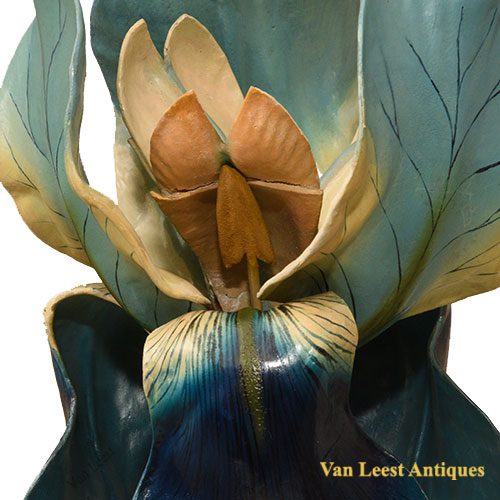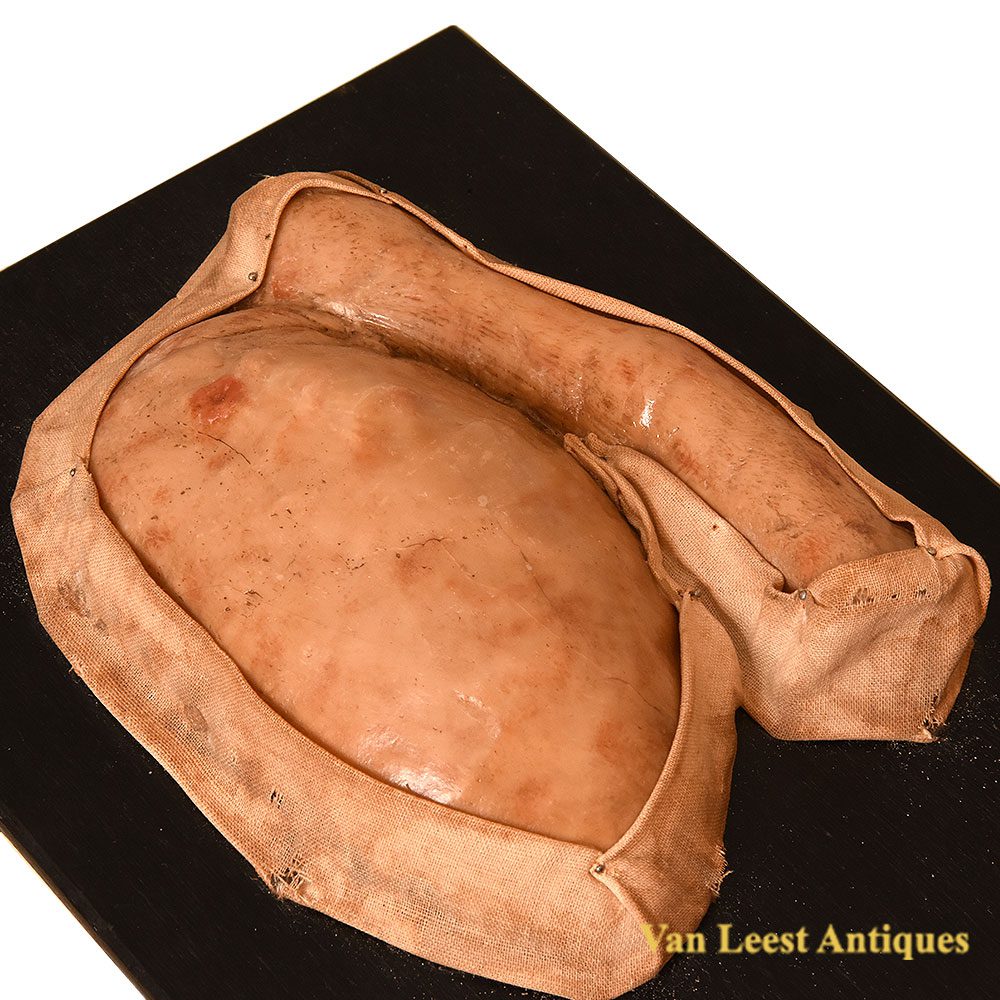Bitter beech bolete
On application
Unsigned model of the Bitter beech bolete (Caloboletus calopus). This lifelike mushroom model is made of Painted plaster on a black wooden stand. Probably manufactured by Somso around 1900. On the bottom of the botanical mushroom a description in German with characteristics of the cap, the stem, slats, spurs, odor, taste and common living and growing conditions. A comparable model is still made by Somso.
Caloboletus calopus, commonly referred to as the bitter beech bolete or scarlet-stemmed bolete, is a member of the bolete family and is found in Asia, Northern Europe, and North America. This fungus emerges in coniferous and deciduous woodlands during the summer and autumn seasons. The robust fruit bodies exhibit attractive coloring, featuring a beige to olive cap, yellow pores, and a reddish stipe. When broken or bruised, the pale yellow flesh of this mushroom stains blue.
Initially described by Christiaan Persoon in 1801 as Boletus calopus, subsequent research in modern molecular phylogenetics revealed a distant relationship with the type species of Boletus. Consequently, it was reclassified and placed in a new genus, Caloboletus, in 2014, with C. calopus designated as the type species. While Caloboletus calopus is generally considered inedible due to its intensely bitter taste, which persists even after cooking, there are reports of its consumption in eastern Europe. Its distinctive red stipe serves as a key identifier, distinguishing it from edible species like Boletus edulis.
Dimensions: 12 x 12 x 10 cm.
